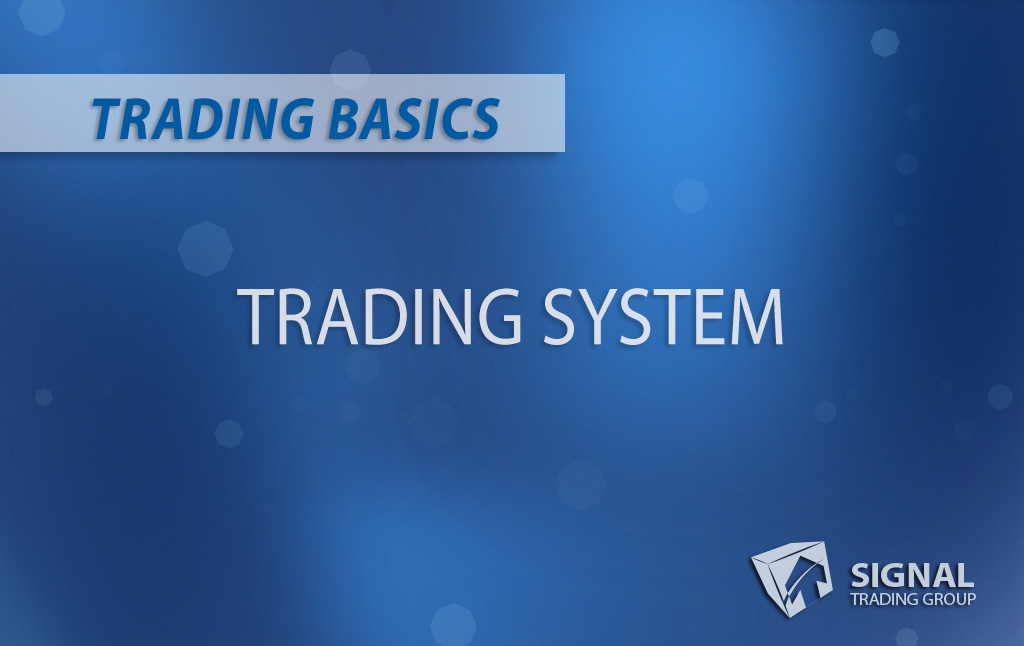Three Common Mistakes Traders Make and How to Avoid Them
Trading can be thrilling and potentially lucrative, but it’s also rife with pitfalls that can derail even the most experienced traders. This blog post explores traders’ three most common mistakes: over-trading, over-leveraging, and inadequate risk management. More importantly, we’ll discuss actionable steps you can take to avoid these trading traps and ultimately become a more disciplined and successful trader.
Over-Trading
Over-trading occurs when traders execute too many trades, often driven by emotions such as fear or greed. This results in a frantic, short-term approach to generating quick profits.
Why it’s a problem:
Over-trading can decrease trade quality as traders hastily enter and exit positions without thoroughly analyzing the market. This raises the odds of poor trading decisions, consequently leading to losses. Additionally, over-trading often begets higher transaction costs as you rack up more fees with each trade.
How to avoid it:
To steer clear of over-trading, traders should develop and adhere to a well-defined trading plan that outlines entry and exit conditions, risk parameters, and trade frequency. It is also crucial to maintain discipline and avoid emotional decision-making. Using tools like trading journals can help identify emotional triggers that may prompt over-trading and help you improve self-control.
Over-Leveraging
Leverage is when traders use borrowed capital (usually from a broker) to increase their position size, amplifying profits and losses. Over-leveraging refers to taking on excessive leverage, resulting in a disproportionately high level of risk.
Why it’s a problem:
Over-leveraging can lead to severe losses and even financial ruin, as traders are responsible for repaying the borrowed funds regardless of the trade’s outcome. A few unsuccessful trades for an over-leveraged account can potentially wipe out the entire balance.
How to avoid it:
To prevent over-leveraging, traders must exercise prudent risk management by closely monitoring their leverage ratio—which compares borrowed funds to the trader’s account equity. As a rule of thumb, maintaining a modest leverage ratio is crucial (e.g., 1:5 or 1:10, depending on a trader’s risk tolerance). It is also essential to use stop-loss orders to limit losses and adjust position sizes according to the leverage used.
Inadequate Risk Management
Risk management entails limiting how much capital a trader is willing to risk per trade while maximizing the reward-to-risk ratio.
Why it’s a problem:
Neglecting risk management can result in traders taking too much risk, causing heavy losses or even financial ruin. Furthermore, inadequate risk management prevents traders from consistently profiting, as significant losses can quickly offset hard-earned gains.
How to avoid it:
To practice effective risk management, cap the amount you’re willing to risk on a single trade—usually no more than 1-3% of your total account balance. Additionally, develop a risk-to-reward ratio conducive to long-term success—aim for at least 1:1.5 or 1:2. This means that the potential profit on trade should strive to be double the potential loss. This, of course, depends upon the trading strategy.
Conclusion: Discipline is Key
To avoid these common trading mistakes, discipline is of utmost importance. A trader must develop a plan outlining entry and exit conditions, risk parameters, and trade frequency. Furthermore, they should maintain discipline by avoiding emotional decision-making and carefully monitoring their leverage ratio. Finally, traders must practice prudent risk management to ensure that losses remain manageable in the long run. Following these steps will help you become a more successful trader while avoiding costly mistakes.





